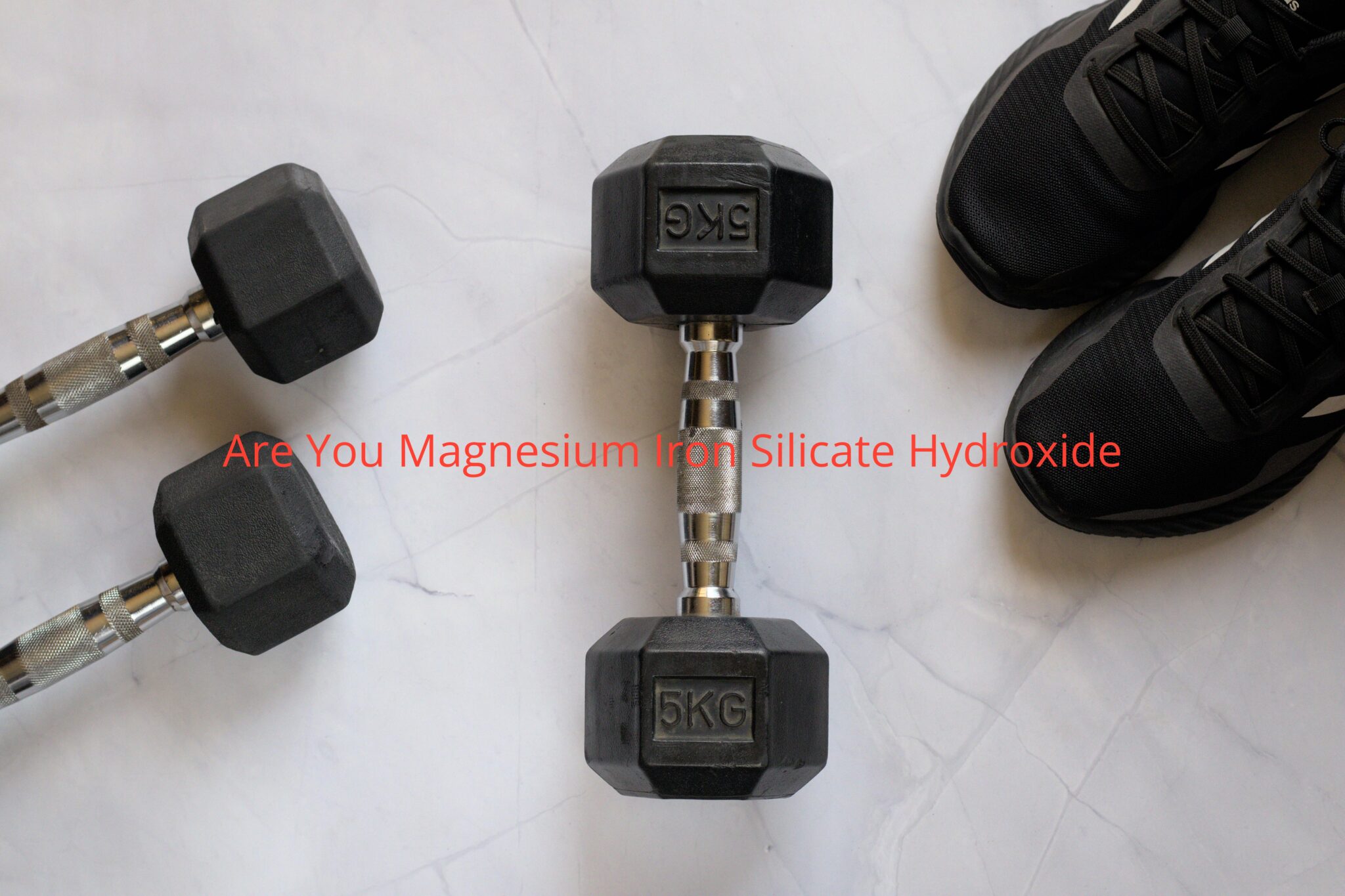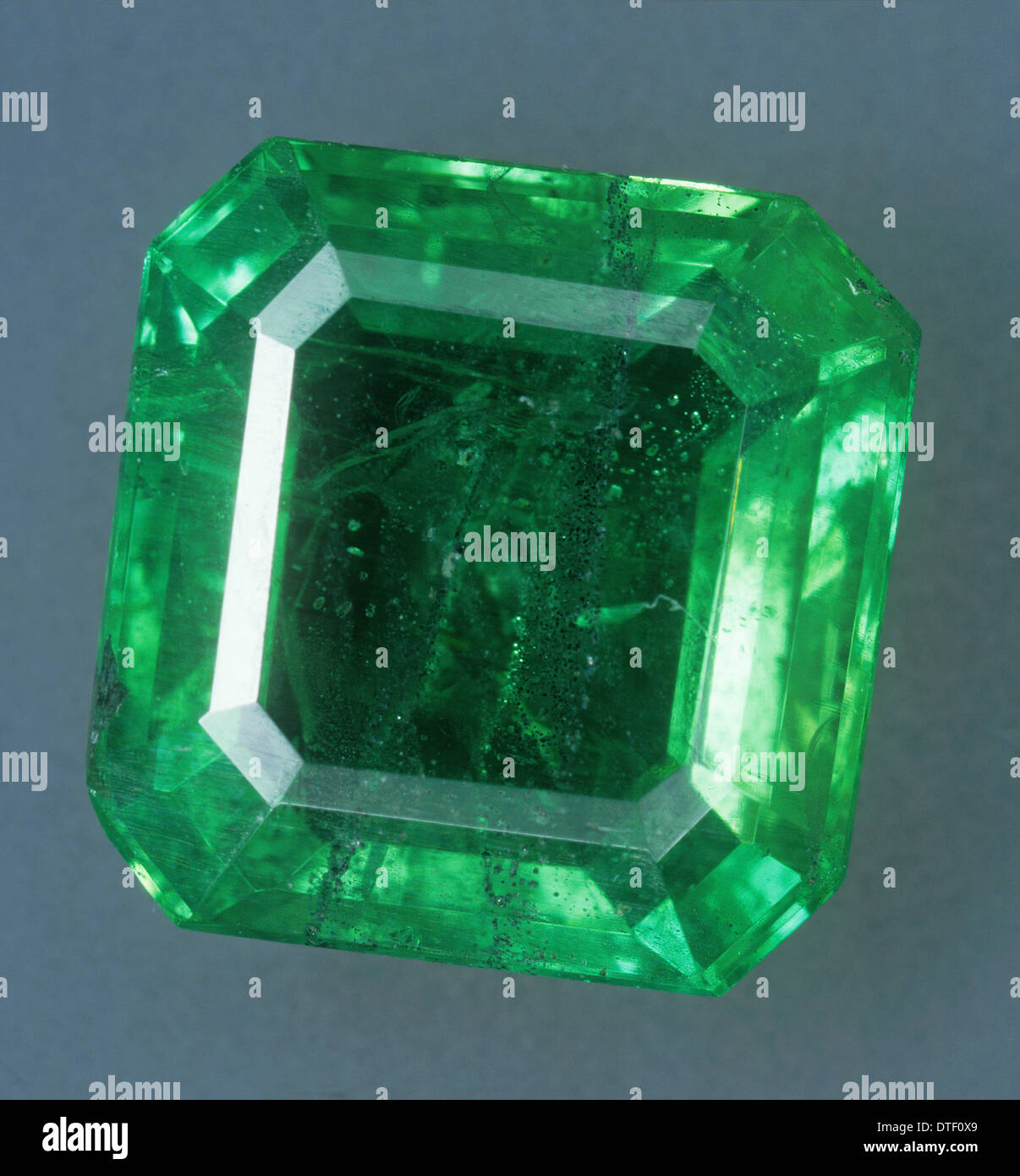Alright, let’s dive right into it—magnesium iron silicate hydroxide might sound like a mouthful, but trust me, it’s worth every second of your attention. If you’ve ever been curious about the minerals that make up our planet or wondered how certain compounds play a role in everything from geology to industry, this is the article for you. This compound isn’t just some random rock ingredient; it’s a powerhouse with properties that could blow your mind.
Now, before we get too deep into the science of it all, let me ask you something: Have you ever stopped to think about what’s beneath your feet? Not just the dirt or grass, but the actual building blocks of Earth itself? Magnesium iron silicate hydroxide is one of those building blocks, and it’s way more fascinating than you might think. So buckle up because we’re about to take a journey through its origins, uses, and importance.
This article isn’t just about throwing facts at you—it’s about giving you the tools to understand why magnesium iron silicate hydroxide matters. Whether you’re a student, a professional in the field, or simply someone who loves learning cool stuff, this is gonna be a wild ride. And hey, if you’re wondering how this mineral could affect your daily life, we’ve got answers for that too.
- Roland Garros Schedules Your Ultimate Guide To The French Open
- Goran Viscaronnji263 The Talented Actor Who Stole Hearts On Er And Beyond
What Exactly Is Magnesium Iron Silicate Hydroxide?
Let’s break it down, shall we? Magnesium iron silicate hydroxide is a mineral compound that combines magnesium, iron, silicon, oxygen, and hydrogen. It’s often found in metamorphic rocks and is a key component in many geological processes. But don’t let the scientific name scare you—it’s actually pretty straightforward once you get the hang of it.
Think of it as nature’s Lego set. Each element plays a role in creating something bigger and more complex. Magnesium and iron provide stability, while silicate (a combination of silicon and oxygen) gives structure. Add a little water (hydroxide) to the mix, and you’ve got yourself a mineral that’s both durable and versatile.
Where Can You Find It?
If you’re wondering where this mineral shows up, the answer is everywhere—and nowhere. Okay, let me explain. Magnesium iron silicate hydroxide isn’t exactly sitting on your kitchen counter, but it’s a common component in many rocks and minerals. You’ll find it in places like:
- Metropcs Payment Online Free Your Ultimate Guide To Simplify Your Life
- Did Danny Thomas Lose A Child To Cancer Unveiling The Truth Behind The Tragic Story
- Serpentine minerals
- Chlorite groups
- Some types of metamorphic rocks
So next time you’re hiking or exploring a quarry, take a closer look at the rocks around you. Chances are, you’ll spot traces of this mineral without even realizing it.
Why Should You Care About Magnesium Iron Silicate Hydroxide?
Here’s the thing: magnesium iron silicate hydroxide isn’t just some random mineral—it’s a key player in the world of geology and beyond. Let’s talk about why it’s important:
First off, it’s essential for understanding how rocks form and change over time. Geologists use it to study everything from plate tectonics to ancient climates. But that’s not all. This mineral also has practical applications in industries like construction, ceramics, and even environmental science.
For example, did you know that certain types of magnesium iron silicate hydroxide can help filter water? Or that they’re used in building materials to improve durability? It’s like having a Swiss Army knife of minerals—useful in so many ways.
Industrial Uses of Magnesium Iron Silicate Hydroxide
Now, let’s zoom in on the industrial side of things. Here are a few ways this mineral gets put to work:
- As a filler in plastics and rubber
- In the production of fire-resistant materials
- As a component in cement and concrete
See what I mean? This stuff is everywhere, even if you don’t notice it. Next time you walk on a sidewalk or sip water from a filtered pitcher, remember that magnesium iron silicate hydroxide might have played a role in making it happen.
Understanding the Chemistry Behind Magnesium Iron Silicate Hydroxide
Alright, time for a quick chemistry lesson—but don’t worry, I promise to keep it interesting. The chemical formula for magnesium iron silicate hydroxide varies depending on the specific mineral, but it generally looks something like this: (Mg,Fe)3Si2O5(OH)4.
Now, let’s break that down:
- (Mg,Fe): This means magnesium and iron can swap places in the structure.
- Si2O5: That’s your silicate group, where silicon and oxygen bond together.
- (OH)4: Hydroxide, aka water molecules split apart.
What’s cool about this formula is that it shows how flexible and adaptable this mineral can be. Depending on the conditions, the ratios of magnesium to iron can shift, creating different variations of the mineral.
How Does It Form?
The formation of magnesium iron silicate hydroxide is a fascinating process. It typically happens in environments where heat, pressure, and water come together, like in the depths of the Earth’s crust. Over millions of years, these forces cause minerals to transform, combining into new compounds like our star of the show.
For example, serpentinization is a process where rocks rich in magnesium and iron react with water to form magnesium iron silicate hydroxide. It’s like nature’s own chemistry lab, happening right under our feet.
Environmental Impact of Magnesium Iron Silicate Hydroxide
Let’s talk about the bigger picture here. Magnesium iron silicate hydroxide isn’t just a building block for rocks—it also plays a role in the environment. For one thing, it can help sequester carbon dioxide, which is a big deal in the fight against climate change.
Here’s how it works: When magnesium iron silicate hydroxide reacts with CO2, it forms stable carbonate minerals. This process, called carbon mineralization, could be a game-changer for reducing greenhouse gas emissions. Scientists are actively studying ways to harness this natural process for large-scale carbon capture.
Is It Sustainable?
Now, you might be wondering: Is mining magnesium iron silicate hydroxide sustainable? The answer, as with most things, is complicated. On one hand, it’s a naturally occurring mineral that’s abundant in certain areas. On the other hand, extracting it can have environmental impacts, especially if not done responsibly.
That’s why researchers are exploring ways to use this mineral more efficiently, whether through recycling or developing new extraction techniques. The goal is to balance the benefits with the potential risks.
Health Benefits of Magnesium Iron Silicate Hydroxide
Wait a second—did I say health benefits? Yep, you heard me right. While magnesium iron silicate hydroxide isn’t something you’d eat, its components can have positive effects on human health. For example:
- Magnesium is essential for muscle function and bone health.
- Iron helps transport oxygen in the blood.
- Silicon supports connective tissue and bone strength.
Of course, these elements are most effective when consumed in their dietary forms, not as raw minerals. But it’s still cool to think about how the same building blocks that make up rocks also contribute to our well-being.
Can You Use It Directly?
Technically, no. Magnesium iron silicate hydroxide isn’t something you’d want to ingest or apply directly to your skin. However, products derived from its components—like magnesium supplements or iron-rich foods—can be beneficial when used correctly.
Fun Facts About Magnesium Iron Silicate Hydroxide
Before we wrap up, here are a few fun facts to leave you with:
- It’s one of the most common minerals in the Earth’s mantle.
- Its name comes from the Greek word “serpentine,” meaning snake-like, due to its smooth, scaly appearance.
- Some variations of this mineral are used in jewelry and decorative stones.
Who knew a mineral could be so versatile? From building materials to environmental solutions, magnesium iron silicate hydroxide truly is a rock star.
Final Thoughts
So there you have it—everything you ever wanted to know (and maybe a little more) about magnesium iron silicate hydroxide. This mineral might not be the flashiest or the most famous, but it’s definitely one of the most important. Whether you’re a geology buff, an industry professional, or just someone curious about the world around you, there’s something to appreciate about this incredible compound.
Now, here’s the big question: What will you do with this knowledge? Will you share it with friends? Dive deeper into the science behind it? Or maybe even start thinking about how you can use it in your own life? Whatever you choose, remember that every rock, mineral, and compound has a story—and magnesium iron silicate hydroxide is definitely worth telling.
References
For those of you who want to dig deeper, here are a few sources to check out:
- USGS Mineral Resources Program
- National Academy of Sciences
- Mineralogical Society of America
Stay curious, and keep exploring!
Table of Contents
What Exactly Is Magnesium Iron Silicate Hydroxide?
Why Should You Care About Magnesium Iron Silicate Hydroxide?
Industrial Uses of Magnesium Iron Silicate Hydroxide
Understanding the Chemistry Behind Magnesium Iron Silicate Hydroxide
Environmental Impact of Magnesium Iron Silicate Hydroxide
Health Benefits of Magnesium Iron Silicate Hydroxide
Fun Facts About Magnesium Iron Silicate Hydroxide



Detail Author:
- Name : Valentine Stehr
- Username : daphney15
- Email : effertz.delphia@hermann.biz
- Birthdate : 2004-05-02
- Address : 52824 Delpha Square Valentinastad, ME 01524
- Phone : 347-741-0011
- Company : Wehner-O'Keefe
- Job : Trainer
- Bio : Temporibus nam saepe blanditiis praesentium dolor excepturi nam odit. Consequatur culpa veritatis autem sapiente aliquid. Sint provident voluptas fugiat voluptas.
Socials
linkedin:
- url : https://linkedin.com/in/watson_dev
- username : watson_dev
- bio : Fuga est earum dolore tempora.
- followers : 4576
- following : 2083
tiktok:
- url : https://tiktok.com/@wvonrueden
- username : wvonrueden
- bio : Enim quis earum reiciendis architecto minima.
- followers : 2307
- following : 2235
facebook:
- url : https://facebook.com/vonruedenw
- username : vonruedenw
- bio : Inventore soluta vel est rem qui ullam in nam.
- followers : 6343
- following : 2106